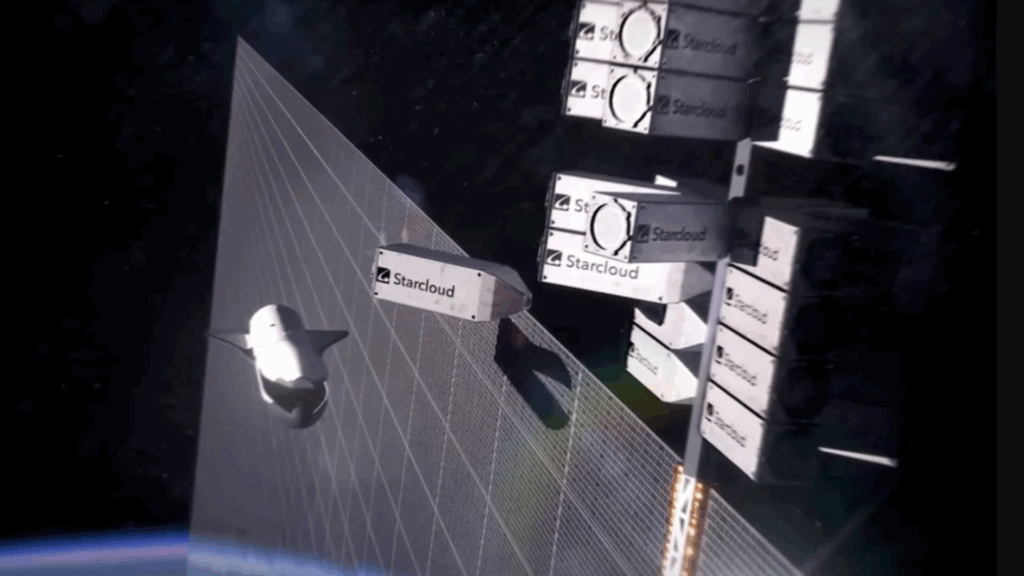- Starcloud and Crusoe will move data centers away from Earth
- Nvidia’s H100 GPUs will operate beyond Earth’s atmosphere for the first time
- Orbital data centers could achieve gigawatt capacity using unfiltered solar radiation
Plans to take Nvidia’s H100 GPUs into orbit are moving from speculation to reality, led by Starcloud and Crusoe.
The two companies are collaborating to build the world’s first data centers in space with the aim of harnessing solar energy beyond the Earth’s atmosphere.
Starcloud, a Redmond-based Nvidia Inception-backed company, is developing scalable orbital computing platforms capable of reaching gigawatt capacities.
Converting sunlight into computing cycles
Crusoe, known for its cloud computing services, will deploy its Crusoe Cloud platform on one of Starcloud’s satellites scheduled for launch in 2026.
By early 2027, the company expects to offer limited GPU-based computing power from orbit, describing this as “a new paradigm for AI factories.”
The central idea behind these space-based data centers lies in their use of direct solar energy.
Without the filtering effects of Earth’s atmosphere, solar panels in orbit can harness sunlight at full intensity.
The companies claim this will allow for “nearly unlimited, low-cost renewable energy” to power AI workloads in space.
Estimates suggest that such an infrastructure could reduce energy costs by up to ten times compared to ground-based facilities, even when launch costs are taken into account.
Starcloud will launch the first Nvidia H100 GPUs into the space in November 2025, a move that could redefine how large-scale computing is handled.
Crusoe plans to run AI models and LLMs directly on these GPUs through its cloud platform.
Space-based systems could, in theory, offer faster access to solar energy and more predictable thermal conditions.
Nvidia has proposed that the vacuum of deep space could serve as “an infinite heat sink,” allowing for unconventional cooling techniques that differ from those used on Earth.
But the long-term feasibility of such an approach remains uncertain, especially given the absence of traditional convection in zero gravity.
The ambition behind these orbital data centers is clear, but questions remain about their practical and financial viability.
Space launches, hardware maintenance, and radiation exposure all introduce risks that can outweigh the energy savings.
The idea of off-planet data infrastructure may sound futuristic, although its execution will depend on overcoming complex technical and operational challenges.
Via Tom’s hardware
Follow TechRadar on Google News and add us as a preferred source to get our expert news, reviews and opinions in your feeds. Be sure to click the Follow button!
And of course you can too follow TechRadar on TikTok for news, reviews, video unboxings, and get regular updates from us on WhatsApp also.



